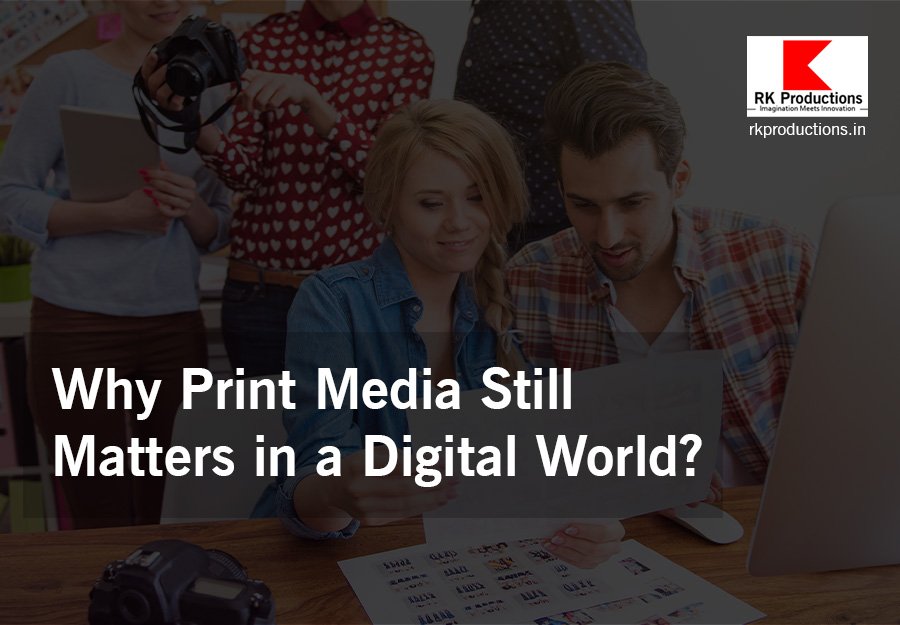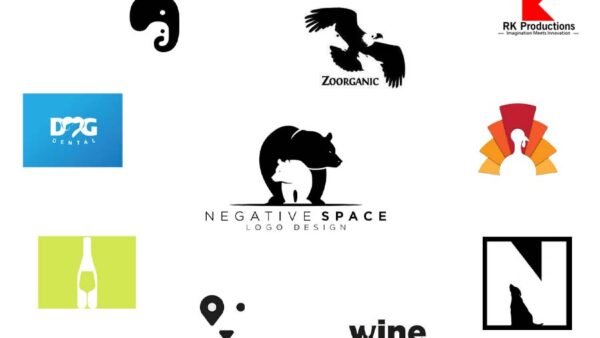In an era dominated by digital media, it’s easy to assume that print is a relic of the past. However, print media continues to hold significant value for businesses, consumers, and marketers alike. Here are key reasons why print media still matters in today’s digital world:
Tangible and Credible
Print media offers a physical, tangible experience that digital media cannot replicate. Holding a magazine, brochure, or newspaper creates a sensory experience that can leave a lasting impression. Studies show that people tend to trust print more than digital ads, perceiving it as more credible and authentic. This sense of permanence builds trust in brands and their messages.
Engagement and Retention
Print media engages readers differently than digital content. People tend to read printed materials more slowly and deliberately, which can lead to better retention of information. The lack of distractions in print — no pop-up ads or notifications — creates a focused environment that encourages deeper engagement.
Targeted Marketing
Print media allows for more precise targeting, especially when used in niche publications or direct mail campaigns. A well-designed print ad in a relevant magazine or a personalized direct mail flyer can be highly effective in reaching a specific demographic. Print campaigns can cater to local audiences and deliver tailored messages in a way that digital media often cannot.
Enhanced Brand Perception
Print is often perceived as more premium. High-quality paper stock, professional design, and strategic use of color and texture in print materials can elevate a brand’s image. Luxury brands, in particular, continue to use print media to create an aura of exclusivity and sophistication that digital platforms struggle to convey.
Less Competition for Attention
The digital landscape is oversaturated with content, making it difficult for brands to stand out. In contrast, print media, especially in niche markets, faces less competition for attention. When consumers pick up a printed publication, they’re more likely to give the content their full focus compared to skimming through online articles.
Effective for Multi-Channel Strategies
Print and digital media are not mutually exclusive. Many successful marketing campaigns integrate both. A print ad can direct readers to a website, social media platform, or QR code, creating a seamless transition between physical and digital touchpoints. This multi-channel approach allows businesses to broaden their reach and deepen customer engagement.
Longevity and Staying Power
Print materials tend to have a longer lifespan than digital content. While online articles and ads can quickly get buried in newsfeeds or disappear, magazines, brochures, and catalogs can sit on coffee tables, desks, or in waiting rooms for weeks or even months, allowing for repeated exposure.
Trust and Tradition
There is a certain level of nostalgia and trust that comes with print. Long-standing publications have built reputations over decades, and being featured in or associated with these outlets adds credibility. Additionally, for certain industries, such as publishing, education, or professional services, print media continues to play a central role in delivering authority and expertise.
Conclusion
In a fast-paced, digital-centric world, print media remains a powerful tool for communication. It offers unique advantages that digital channels cannot fully replicate, such as tangibility, trustworthiness, and deeper engagement. When combined with digital efforts, print media can help create a well-rounded, effective marketing strategy that resonates with diverse audiences.






